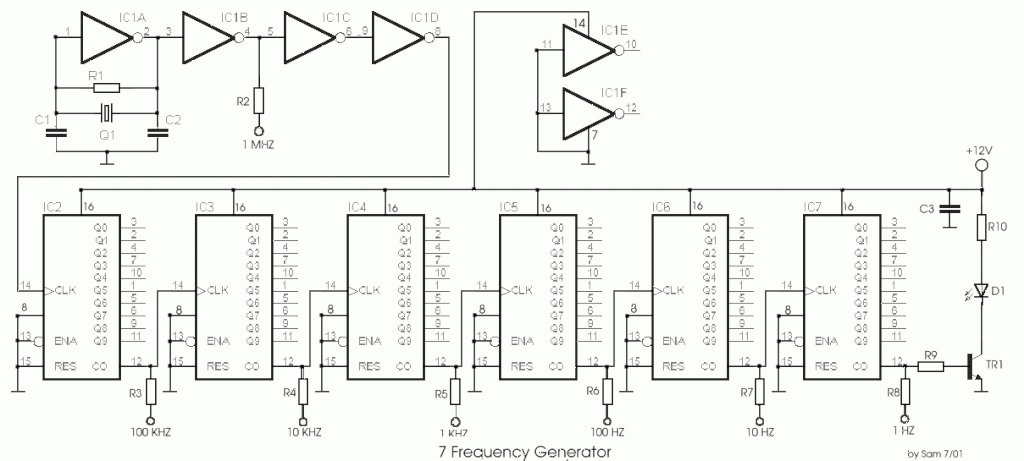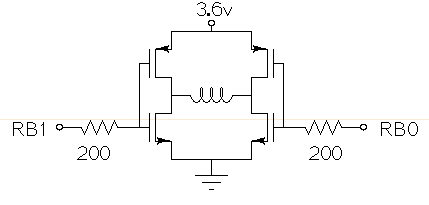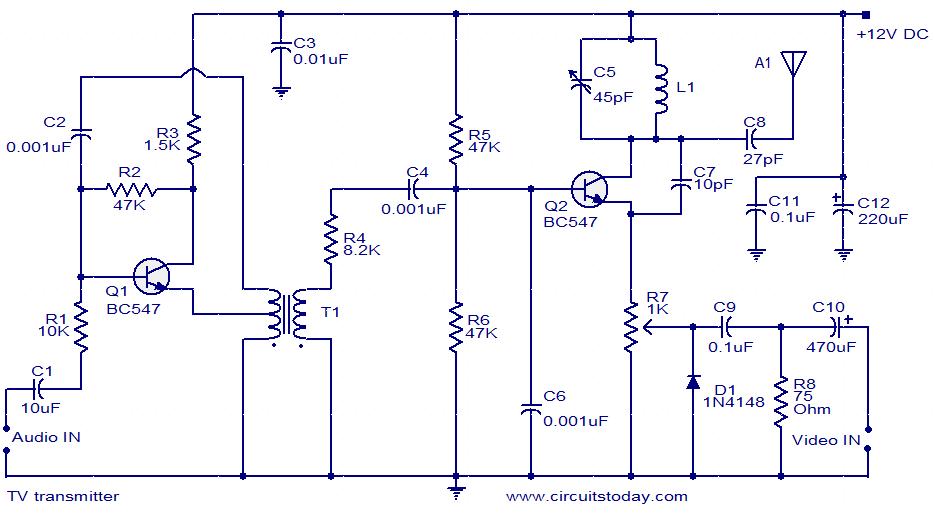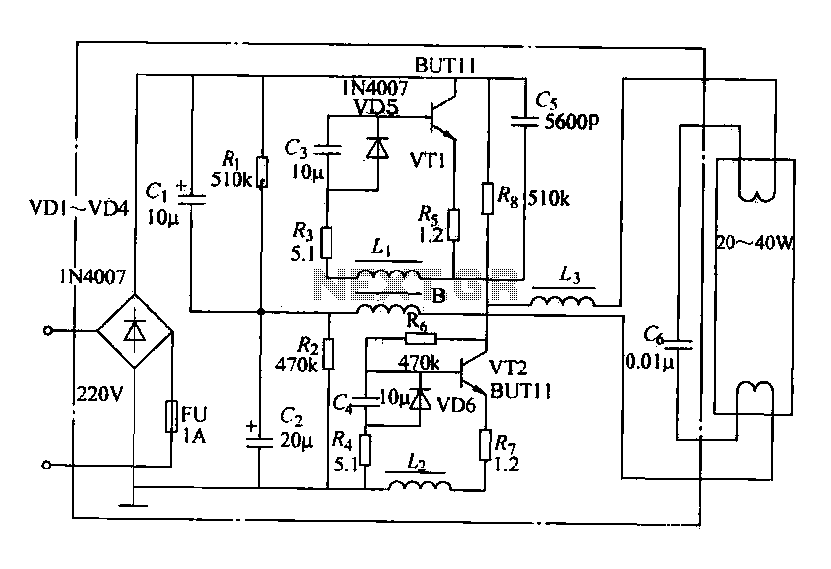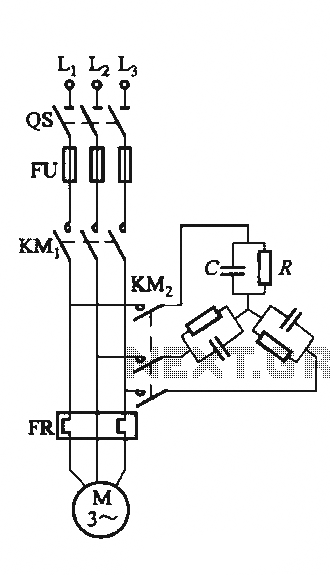
Energy harvesting from thermoelectric sources
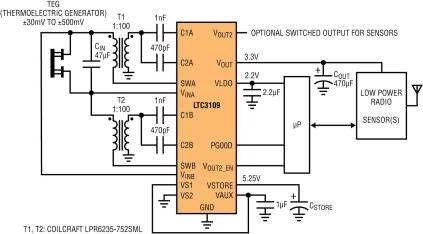
The cost of electricity worldwide has been steadily increasing for over the past 40 years. With the exception of a few periods of stable rates and a handful of minor decreases, electricity prices have risen almost every year since 1970. Several factors have contributed to this trend, including a growing population and the emergence of the digital age. While historical trends can indicate future developments, utility companies now face new challenges that may lead to even higher rates in the coming years. The combination of these factors is likely to result in residential electricity price increases, with significant price hikes anticipated in the future. Utility companies operate as corporations with investors and shareholders, similar to other publicly traded companies. They are expected to generate returns for their investors in the form of profits, and as their costs rise, they will pass these costs on to their customers. Infrastructure investment has lagged behind growth for an extended period. The electric utility industry is one of the most capital-intensive sectors, and capital costs associated with improving the grid significantly influence retail electricity prices. To address decades of underinvestment, utilities have begun reinvesting in their core infrastructure, including the construction of new power plants and the reinforcement of delivery systems, particularly high-voltage transmission lines, substations, and distribution systems that deliver electricity to homes. In the USA, for instance, the Edison Electric Institute estimates that utility companies will need to invest between $1.5 trillion and $2 trillion in infrastructure growth and improvement by 2030. Furthermore, the cost of upgrading the system to incorporate smart grid technology and comply with current and proposed environmental standards is expected to add another $250 billion. The Compound Pricing Effect refers to the necessity of raising electricity rates faster than the rate of attrition from users leaving the grid entirely and the reduction in kilowatt hours as customers become more energy-efficient. As homeowners and businesses seek alternatives to rising electricity costs, many are turning to solar power. As customers detach themselves from the grid and cease payments to utility companies, the lost revenues must be recovered from the remaining customers. Although currently only a small percentage have adopted solar power, as this number inevitably increases, the cost burden on utility companies will shift to their neighbors. Regardless of fairness, this is the reality as utility companies must generate continually rising revenues to cover escalating costs. Increasing environmental regulations represent the third significant factor driving higher electricity rates. Most electric utilities are subject to environmental rules as well as air and water quality requirements. While there is substantial evidence that these regulations lead to cleaner emissions and improved environmental standards, they incur significant costs. As utilities progress through additional phases of emissions reductions, these costs will be reflected in customer electric bills and must be equitably distributed among all customers on the grid. Consequently, solar arrays are being installed on houses, schools, industrial buildings, parking lots, and any location with ample sunlight. Solar farms are strategically placed in areas where the climate is favorable for solar power generation. While most renewable energy systems are designed to supplement electric grid power from a utility company, some, including new data center solar projects, are being developed to rely solely on grid energy for backup purposes. The configuration, relative size, and number of solar panels play a crucial role in optimizing energy production.
The described scenario highlights the dynamic landscape of the electricity market, influenced by various economic, environmental, and technological factors. Utility companies must navigate the complexities of infrastructure investment, regulatory compliance, and changing consumer behaviors as they adapt to a future where renewable energy sources like solar power play an increasingly vital role. The integration of smart grid technology is essential for enhancing efficiency and reliability within the electricity distribution network. This technology allows for real-time monitoring and management of energy consumption, enabling utilities to respond more effectively to demand fluctuations and integrate renewable energy sources seamlessly.
Moreover, the shift towards decentralized energy production, driven by the adoption of solar power, necessitates a reevaluation of traditional business models within the utility sector. As more consumers generate their own electricity, utilities may need to explore innovative pricing structures and service offerings to maintain revenue streams. The implications of these changes extend beyond financial considerations, as they also involve addressing environmental impacts and promoting sustainable energy practices.
In conclusion, the evolving electricity market presents a complex interplay of challenges and opportunities for utility companies. As they strive to meet growing demands, comply with environmental regulations, and adapt to technological advancements, a comprehensive approach to infrastructure investment and customer engagement will be crucial for ensuring the long-term sustainability and reliability of electricity supply.The cost of electricity around the world has steadily been rising for over the past 40 years. With the exception of a few periods of flat rates and a handful of minor downwards, the cost of electricity has risen almost every year since 1970. There are a number of factors which have contributed to this trend including a growing population and the e
mergence of the digital age. And while history can serve as an indicator for the future, there is a whole new set of challenges facing utility companies that is laying the groundwork for much higher rates in coming years. The combination of these factors will likely result in residential electricity price increases with the potential for significant price hikes in later years.
Utility companies are corporations with investors and shareholders just like any other publicly traded company. They are expected to earn returns for their investors in the form of profits and as their costs rise, they will pass on these costs to their customers.
Infrastructure Investment has been lagging behind growth for quite some time. The electric utility industry is one of the most capital intensive sectors and capital costs related to improving the grid factor heavily in determining retail electricity prices. To compensate for decades of underinvestment, utilities have begun reinvesting in their core infrastructure including building new power plants and reinforcing the delivery system, specifically, the high-voltage transmission lines, substations, and distribution systems which deliver electricity to the home.
In the USA for example, the Edison Electric Institute estimates that by 2030, the utility companies will need to spend $1. 5 – $2. 0 trillion on infrastructure growth and improvement. Additionally, the cost to make the system smart ”, by incorporating smart grid technology, to comply with current and proposed environmental standards is expected to add another $250 billion.
The Compound Pricing Effect refers to the need to raise electricity rates faster than the rate of attrition from users leaving the grid all together and the reduction in kilowatt hours as customers become more energy efficient. As homeowners and businesses seek to escape ever rising electricity costs, many are pursuing alternative energy sources such as solar power.
As the customers remove themselves from the grid and stop paying into the utility companies, these revenues need to be recovered from the remaining customers. While currently only a small percentage has gone solar, as this number inevitably grows, the cost burden of the utility companies will be passed on to their neighbors.
Fair or not, it is the reality of the situation as the utility companies need to generate ever increasing revenues to cover increasing costs. Increasing Environmental Regulations are the third significant driving factor for higher electricity rates.
Most electric utilities are subject to environment rules along with air and water quality requirements. While there is plenty of evidence to support that the requirements are, indeed, resulting in cleaner emissions and better environmental standards, they come at a significant cost.
As the utilities enter more phases of emissions reductions, the costs will be reflected in customer electric bills, and will have to be spread equitably among all the customers on the grid. As a result, solar arrays are going up on houses, schools, industrial buildings, parking lots and anyplace there is a clear view of the sun.
Solar farms are being installed in strategic areas where the climate is conducive for sun power generation. While most renewable energy systems are intended as a supplement to electric grid power from a utility company, some, including new data center solar projects, are being designed so that they will only take energy from the grid for back-up purposes.
The number of solar panels, how they are configured, their relative size, results 🔗 External reference
The described scenario highlights the dynamic landscape of the electricity market, influenced by various economic, environmental, and technological factors. Utility companies must navigate the complexities of infrastructure investment, regulatory compliance, and changing consumer behaviors as they adapt to a future where renewable energy sources like solar power play an increasingly vital role. The integration of smart grid technology is essential for enhancing efficiency and reliability within the electricity distribution network. This technology allows for real-time monitoring and management of energy consumption, enabling utilities to respond more effectively to demand fluctuations and integrate renewable energy sources seamlessly.
Moreover, the shift towards decentralized energy production, driven by the adoption of solar power, necessitates a reevaluation of traditional business models within the utility sector. As more consumers generate their own electricity, utilities may need to explore innovative pricing structures and service offerings to maintain revenue streams. The implications of these changes extend beyond financial considerations, as they also involve addressing environmental impacts and promoting sustainable energy practices.
In conclusion, the evolving electricity market presents a complex interplay of challenges and opportunities for utility companies. As they strive to meet growing demands, comply with environmental regulations, and adapt to technological advancements, a comprehensive approach to infrastructure investment and customer engagement will be crucial for ensuring the long-term sustainability and reliability of electricity supply.The cost of electricity around the world has steadily been rising for over the past 40 years. With the exception of a few periods of flat rates and a handful of minor downwards, the cost of electricity has risen almost every year since 1970. There are a number of factors which have contributed to this trend including a growing population and the e
mergence of the digital age. And while history can serve as an indicator for the future, there is a whole new set of challenges facing utility companies that is laying the groundwork for much higher rates in coming years. The combination of these factors will likely result in residential electricity price increases with the potential for significant price hikes in later years.
Utility companies are corporations with investors and shareholders just like any other publicly traded company. They are expected to earn returns for their investors in the form of profits and as their costs rise, they will pass on these costs to their customers.
Infrastructure Investment has been lagging behind growth for quite some time. The electric utility industry is one of the most capital intensive sectors and capital costs related to improving the grid factor heavily in determining retail electricity prices. To compensate for decades of underinvestment, utilities have begun reinvesting in their core infrastructure including building new power plants and reinforcing the delivery system, specifically, the high-voltage transmission lines, substations, and distribution systems which deliver electricity to the home.
In the USA for example, the Edison Electric Institute estimates that by 2030, the utility companies will need to spend $1. 5 – $2. 0 trillion on infrastructure growth and improvement. Additionally, the cost to make the system smart ”, by incorporating smart grid technology, to comply with current and proposed environmental standards is expected to add another $250 billion.
The Compound Pricing Effect refers to the need to raise electricity rates faster than the rate of attrition from users leaving the grid all together and the reduction in kilowatt hours as customers become more energy efficient. As homeowners and businesses seek to escape ever rising electricity costs, many are pursuing alternative energy sources such as solar power.
As the customers remove themselves from the grid and stop paying into the utility companies, these revenues need to be recovered from the remaining customers. While currently only a small percentage has gone solar, as this number inevitably grows, the cost burden of the utility companies will be passed on to their neighbors.
Fair or not, it is the reality of the situation as the utility companies need to generate ever increasing revenues to cover increasing costs. Increasing Environmental Regulations are the third significant driving factor for higher electricity rates.
Most electric utilities are subject to environment rules along with air and water quality requirements. While there is plenty of evidence to support that the requirements are, indeed, resulting in cleaner emissions and better environmental standards, they come at a significant cost.
As the utilities enter more phases of emissions reductions, the costs will be reflected in customer electric bills, and will have to be spread equitably among all the customers on the grid. As a result, solar arrays are going up on houses, schools, industrial buildings, parking lots and anyplace there is a clear view of the sun.
Solar farms are being installed in strategic areas where the climate is conducive for sun power generation. While most renewable energy systems are intended as a supplement to electric grid power from a utility company, some, including new data center solar projects, are being designed so that they will only take energy from the grid for back-up purposes.
The number of solar panels, how they are configured, their relative size, results 🔗 External reference
